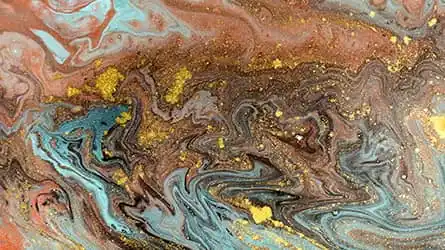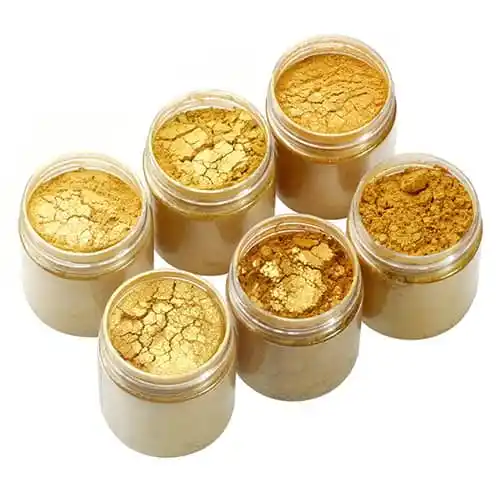3 Essential Types of Mica Powder Every Wholesaler Must Know
March 18th, 2024Mica powders play a pivotal role in the manufacturing of cosmetics, paints, and various industrial coatings, offering a range of colors and effects that enhance the visual appeal of products. Among these, there are three primary types of mica powder that wholesalers should be familiar with: natural mica powder, synthetic mica powder, and borosilicate mica powder. Each type offers unique properties and benefits, making it essential for wholesalers to understand their differences to make informed decisions that align with their clients’ needs.
Natural Mica Powder
Natural mica powder, exemplified by Kolortek’s range from the KT-100 Silver White Series to the KT-6000 Multicolor Series, offers the quintessential pearlescent effect derived from nature. This variety spans a spectrum of effects based on particle size, from subtle silkiness to vibrant sparkle, and boasts an impressive color range including Silver White, Interferences, Gold, Metallic, and Multicolor. The natural origin of this powder not only ensures good hiding power but also presents a traditional pearlescent effect that is highly sought after in the beauty and coatings industries. However, the natural sourcing of these pigments can lead to variability in purity and the presence of impurities, which may affect consistency in some applications.

Synthetic Mica Powder
The Synstar Series Pigment, crafted from synthetic mica and coated with metallic oxides, steps up in terms of purity and performance. Its advantages include a higher degree of purity, fewer black spots, enhanced weather resistance, and superior luster and chroma, maintaining stability even under high temperatures. This makes synthetic mica powder an excellent choice for applications requiring consistent quality and resilience to environmental factors. The manufacturing process of synthetic mica, however, might contribute to a higher cost and a somewhat different aesthetic from the natural variant, potentially influencing its suitability for certain products.

Borosilicate Pigments – Transparency Meets Brilliance and Sparkle
Dreamstar Series Pigments, based on synthetic calcium aluminum borosilicate coated with titanium dioxide and other metal oxides, set themselves apart with extraordinary transparency and reflectivity. Their large and smooth flake shapes allow for the creation of stunning, diamond-like effects that outshine conventional pearlescent pigments. These pigments are ideal for high-end applications where brightness, transparency, and a unique chromatic appeal are paramount. Nonetheless, the specialized nature and production process of borosilicate pigments can lead to higher costs, making them a premium choice for specific market segments.
| Type of Mica Pigment | Pros | Cons |
|---|---|---|
| Natural Mica Powder | – Classic pearlescent effect – Wide color range – Good hiding power | – Variability in purity – Potential for more impurities |
| Synthetic Mica Powder | – Higher purity – Fewer black spots – Better weather proof – Improved luster, chroma, and stability at high temperatures | – May lack the natural effect of natural mica – Possibly higher cost due to manufacturing |
| Borosilicate Pigments | – Unusual transparency – Extremely high reflection index – Big and smooth flake shapes – Sparkling diamond effects – Higher and enhanced brightness/transparency | – Specialized applications – Potentially higher cost due to unique properties and production requirements |
Each type of mica powder offers distinct advantages and potential drawbacks, catering to a wide range of applications and preferences. Natural mica powders provide a classic pearlescent effect with a broad color palette, synthetic mica powders offer purity and stability, and borosilicate pigments deliver unmatched brilliance and transparency. Wholesalers must consider their clients’ specific needs, including the desired visual effect, application requirements, and budget constraints, to choose the most suitable type of mica powder. By doing so, they can ensure the highest quality and satisfaction for end-users, reinforcing their market position and customer trust.
